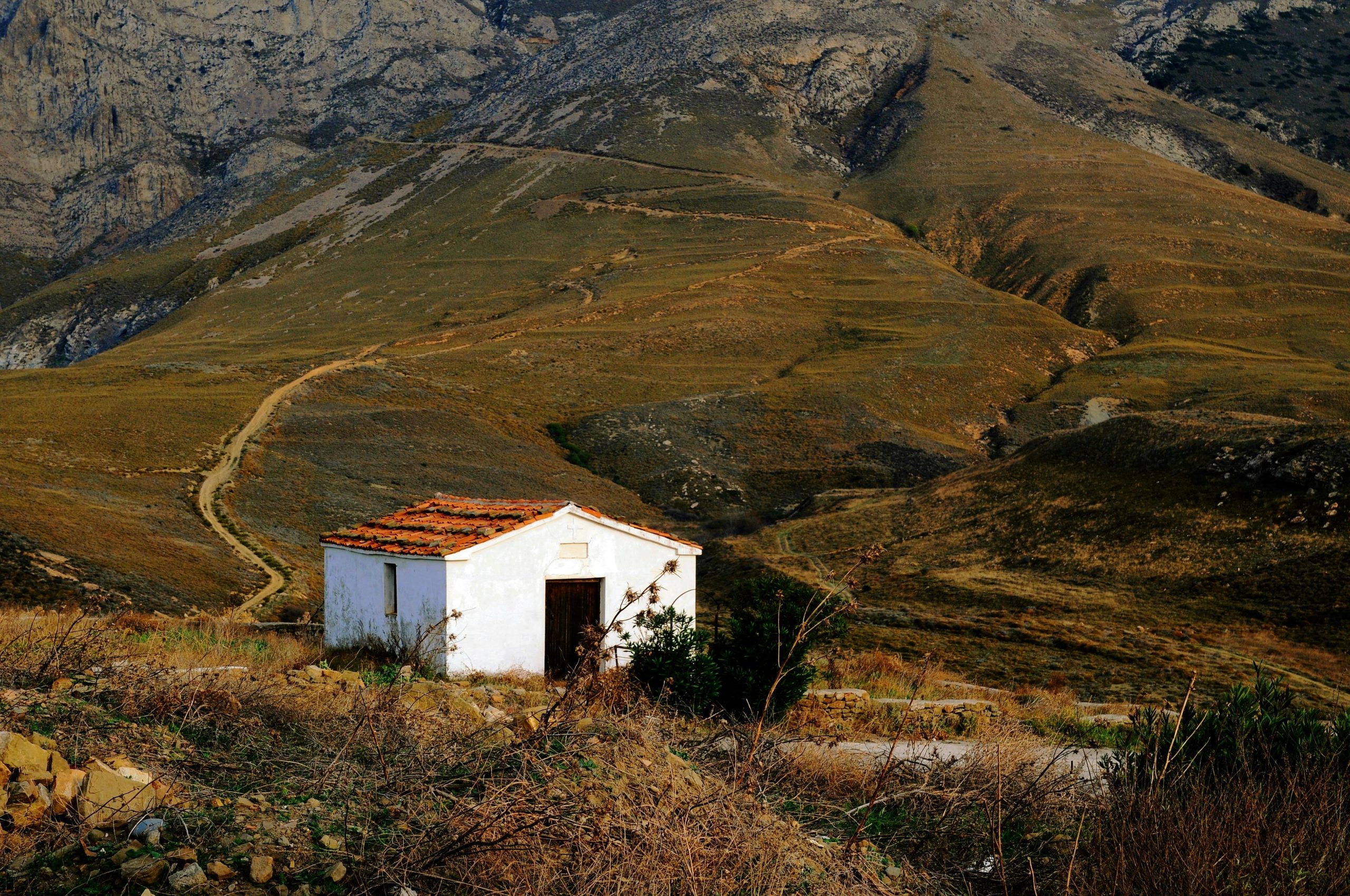Throughout history, civilizations have risen and fallen, leaving behind traces of their existence in the form of ruins, artifacts, and written records. Yet, some societies vanished so completely that their disappearance remains one of the greatest enigmas of archaeology. These lost worlds, once thriving and advanced, disappeared without a trace, leaving behind only whispers of their existence. From the mysterious collapse of the Maya to the sudden abandonment of the Indus Valley cities, these forgotten civilizations continue to puzzle historians and archaeologists alike.
The Enigmatic Maya Civilization
The Maya civilization, known for its advanced mathematics, astronomy, and monumental architecture, flourished in Mesoamerica between 2000 BCE and 900 CE. At its peak, the Maya built sprawling cities like Tikal and Palenque, complete with towering pyramids and intricate hieroglyphic writing. Yet, by the 10th century, many of these great cities were abandoned, their populations vanishing into the jungle.
Several theories attempt to explain the Maya collapse:
- Environmental degradation: Overpopulation and deforestation may have led to soil exhaustion and drought.
- Political instability: Warfare between city-states could have destabilized the region.
- Climate change: Prolonged droughts may have made agriculture unsustainable.
Despite these hypotheses, no single explanation fully accounts for the civilization’s sudden decline. The Maya people survived, but their great urban centers were left to the elements, swallowed by time and nature.
The Lost City of Cahokia
Long before European settlers arrived in North America, the Mississippian culture thrived along the Mississippi River. At its heart was Cahokia, a sprawling metropolis near modern-day St. Louis. With a population of up to 20,000 at its peak around 1050 CE, Cahokia was the largest pre-Columbian settlement north of Mexico.
The city featured enormous earthen mounds, including Monk’s Mound, which rises 100 feet high and covers 14 acres. Yet, by the 14th century, Cahokia was abandoned. The reasons remain unclear:
- Resource depletion: Overhunting and deforestation may have disrupted the local ecosystem.
- Social upheaval: Internal conflict or external invasions could have led to collapse.
- Climate shifts: Changes in weather patterns might have affected agriculture.
Today, Cahokia’s mounds stand as silent witnesses to a civilization that vanished without leaving written records, its story pieced together only through archaeology.
The Indus Valley Civilization
One of the world’s earliest urban cultures, the Indus Valley Civilization (3300–1300 BCE), thrived in what is now Pakistan and northwest India. Known for its well-planned cities like Mohenjo-Daro and Harappa, the civilization boasted advanced drainage systems, standardized weights, and a still-undeciphered script.
Around 1900 BCE, the civilization began to decline. Possible explanations include:
- River shifts: The drying up of the Ghaggar-Hakra River may have disrupted agriculture.
- Invasion theories: Some suggest Aryan migrations contributed to the collapse, though evidence is debated.
- Trade decline: A breakdown in trade networks with Mesopotamia could have weakened the economy.
Unlike other ancient civilizations, the Indus Valley people left no grand monuments or clear historical records, making their disappearance even more mysterious.
The Vanished Anasazi
The Ancestral Puebloans, commonly called the Anasazi, built intricate cliff dwellings in the American Southwest between 100 and 1600 CE. Their settlements, like those at Mesa Verde and Chaco Canyon, demonstrate remarkable engineering and community planning. Yet, by the late 13th century, these sites were abandoned.
Possible reasons for their disappearance include:
- Drought: A prolonged dry period may have made farming impossible.
- Resource conflicts: Competition for dwindling resources could have led to violence.
- Cultural shifts: The Anasazi may have migrated and integrated into other Pueblo groups.
While their descendants still live in the region, the exact fate of the cliff-dwelling Anasazi remains a subject of debate.
The Mysterious Rapa Nui (Easter Island)
One of the most isolated inhabited places on Earth, Easter Island (Rapa Nui) was home to a Polynesian society that carved the iconic moai statues. At its height, the island’s population may have reached 15,000 before collapsing dramatically by the 18th century.
Theories about their decline include:
- Ecological collapse: Deforestation led to soil erosion and food shortages.
- Overpopulation: The island’s limited resources couldn’t sustain a growing population.
- European contact: Slave raids and introduced diseases devastated the remaining population.
Today, the silent moai stand as a haunting reminder of a civilization that pushed its environment to the brink.
Conclusion
The disappearance of these civilizations serves as a sobering reminder of humanity’s fragility. Whether due to environmental mismanagement, conflict, or unforeseen disasters, their stories echo across time, urging us to learn from their fates. While archaeology continues to uncover clues, the full truth behind these lost worlds may never be known—leaving us to wonder what other secrets lie buried beneath the sands of history.
